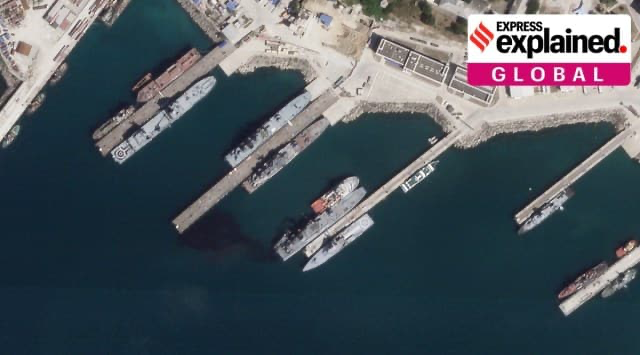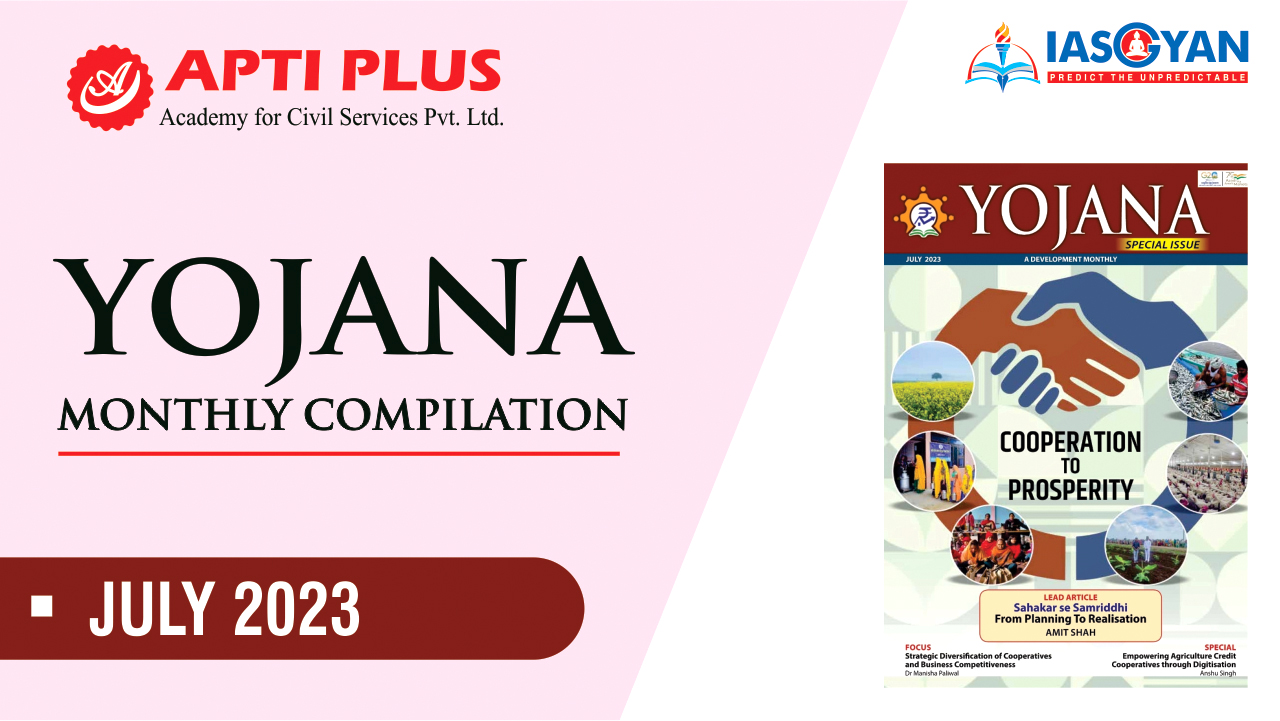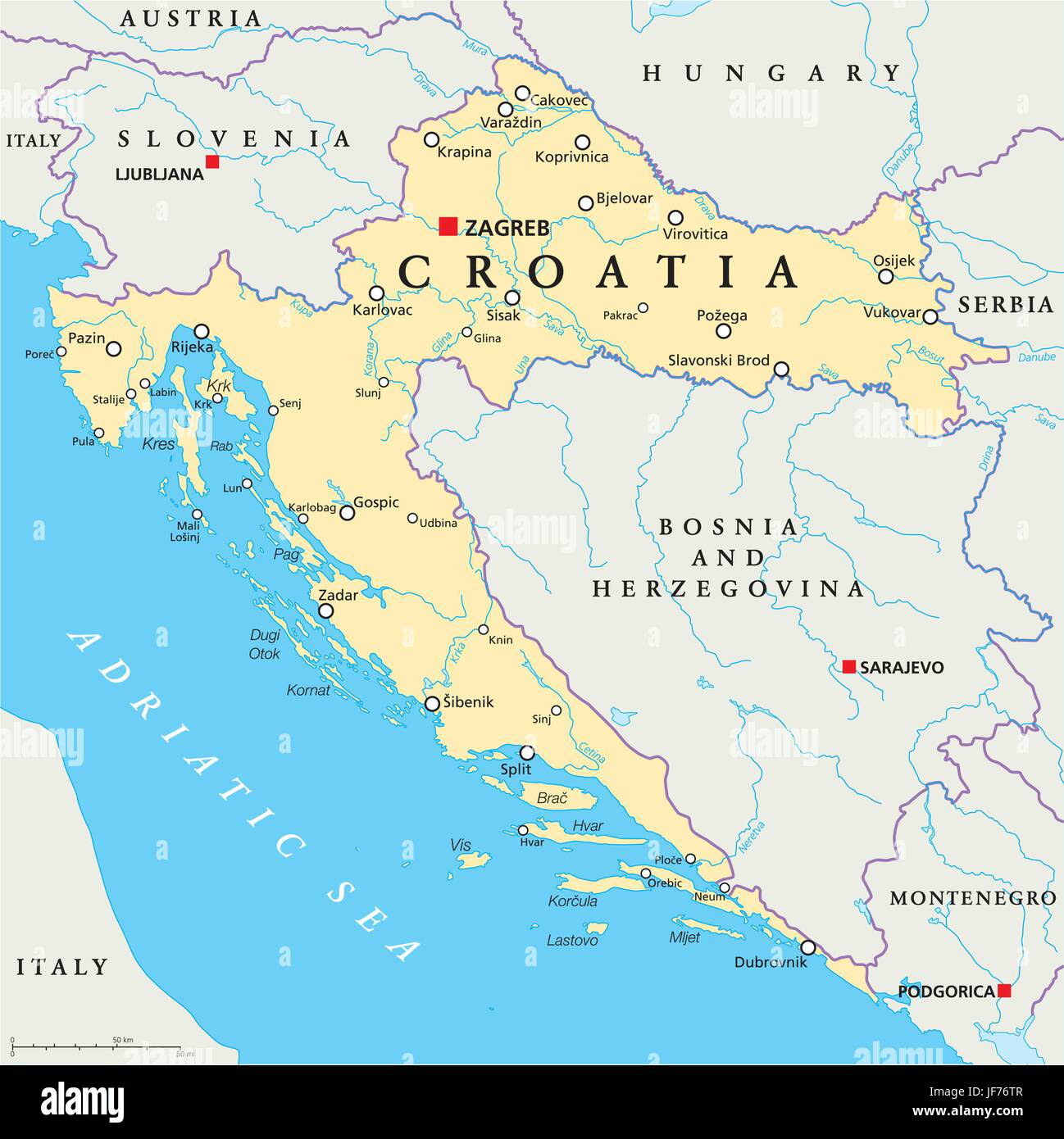Description

Disclaimer: Copyright infringement not intended.
Context
An agreement between Ukraine and Croatia regarding the export of Ukrainian grain through Croatian ports.
Details
- The announcement of an agreement between Ukraine and Croatia to allow Ukrainian grain exports via Croatian ports seemed promising, but a closer examination reveals significant logistical challenges and raises questions about the extent of its impact.
- The agreement was seen as a response to Russia's war on Ukraine and the blockade of Ukraine's Black Sea ports.
Announcement and Purpose
- Ukrainian Foreign Minister Dmytro Kuleba announced the agreement after a meeting with Croatian counterpart Gordan Grlic Radman in Kyiv.
- The agreement aimed to address the threat to global food security caused by Russia's actions and symbolically contribute to unblocking exports.
Logistical Hurdles
- Ukrainian grain can be shipped through Ukrainian ports on the Danube (Izmail and Reni) or via the Black Sea to the Romanian port of Constanta.
- Shipping through the Black Sea to Constanta would involve transporting the grain 1,000 kilometers upstream to the Croatian Danube river port of Vukovar.
- Vukovar's limited capacity and one small silo raise doubts about its role in handling the volume of Ukrainian grain.

Transportation Challenges
- Transporting the grain from Vukovar to Adriatic ports like Rijeka, Zadar, or Split presents challenges.
- Large trucks can carry only around 45 tons of freight, requiring over 22,000 trucks for one million tons of grain.
- Croatia's road and rail infrastructure may struggle to handle such traffic volumes, with the rail network being slow and poorly maintained.
Financial Implications
- The financial benefits of exporting grain through Croatia for Ukraine are limited.
- Global market prices for wheat and maize (€350 and €260 per ton, respectively) yield a profit of approximately €300 million for one million tons of grain.
- Profits would be distributed among various parties involved in the transport chain.
Symbolic Support and Military Aid
- The grain agreement is seen as a symbolic gesture of support from Croatia to Ukraine.
- Similar to other aid, such as the donation of helicopters, Croatia's support is characterized by its symbolic nature.
- Croatia's military aid to Ukraine is considered relatively insignificant in the context of the war.
About Croatia

Disclaimer: Copyright infringement not intended.
- Croatia, a country located in Southeastern Europe, boasts a rich history, diverse culture, and stunning natural landscapes.
- Its strategic position along the Adriatic Sea and its European integration have contributed to its development and prominence on the global stage.
Geographical Landscape
- Croatia is situated in the Balkan Peninsula, bordered by Slovenia to the northwest, Hungary to the northeast, Serbia to the east, Bosnia and Herzegovina to the southeast, and Montenegro to the southeast.
- The country has a diverse geography, encompassing coastal areas along the Adriatic Sea, picturesque islands, lush valleys, and mountainous regions.
Adriatic Coastline and Islands
- Croatia's Adriatic coastline stretches over 1,700 kilometers, offering picturesque beaches, charming fishing villages, and historical cities.
- The country boasts over a thousand islands, such as Hvar, Korčula, and Brač, each with its unique culture, traditions, and landscapes.
Historical Significance
- Croatia's history dates back to ancient times, with influences from Illyrians, Romans, Byzantines, and more.
- The medieval Kingdom of Croatia was part of the Austro-Hungarian Empire and later the Kingdom of Yugoslavia.
- Croatia declared independence in 1991, leading to the Croatian War of Independence.
Cultural Heritage
- Croatian culture is a blend of historical influences, including Slavic, Mediterranean, and Central European elements.
- The country is renowned for its arts, literature, music, and traditional crafts such as ceramics and lacework.
- Festivals like the Dubrovnik Summer Festival showcase the country's vibrant cultural scene.
Tourism and Natural Beauty
- Croatia's natural beauty, including its coastline, islands, and national parks like Plitvice Lakes, attracts millions of tourists annually.
- The historic city of Dubrovnik, with its well-preserved walls and architecture, is a UNESCO World Heritage Site.
European Integration
- Croatia joined the European Union (EU) in 2013, marking a significant milestone in its modern history.
- EU membership has brought economic benefits, improved infrastructure, and opportunities for cultural exchange and collaboration.
Economic Progress
- Croatia's economy is characterized by tourism, manufacturing, and services.
- Agriculture, particularly olive oil and wine production, is also important.
- Challenges such as unemployment and regional disparities persist, but EU membership has aided economic growth.
Croatian Cuisine
- Croatian cuisine reflects its diverse cultural influences, with Mediterranean and Eastern European flavors.
- Seafood dishes, traditional stews like "pašticada," and pastries like "štrukli" are popular.
- Wine production, especially in regions like Istria and Dalmatia, is gaining international recognition.

|
PRACTICE QUESTION
Q) Which of the following is the most likely reason why Croatia's tourism industry has grown so rapidly in recent years?
A. Croatia's natural beauty, including its coastline, islands, and mountains.
B. Croatia's rich history and culture, including its Roman ruins, medieval towns, and national parks.
C. Croatia's affordable prices, compared to other European tourist destinations.
D. All of the above.
Answer: D
|
https://indianexpress.com/article/explained/explained-global/ukraine-grain-deal-russia-war-croatia-8879105/












